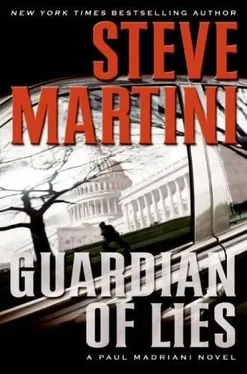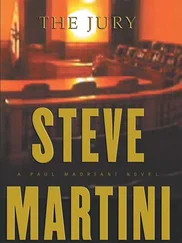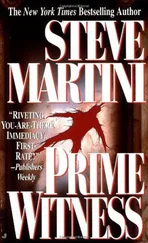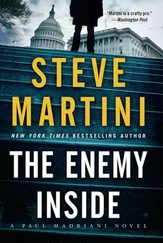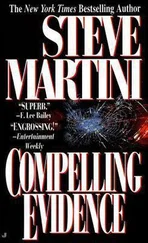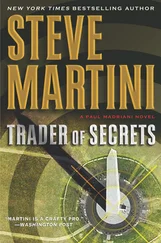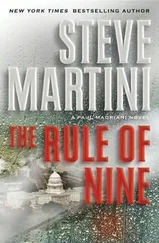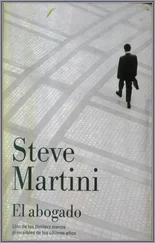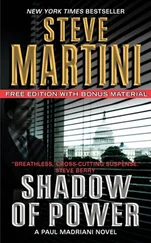Alim had insisted on installing two items himself: the cordite charge, which involved the simple removal of a breech plug from the back end of the gun tube and the insertion of the cordite; and the setting of the timing device that would initiate the firing of the gun. Nitikin had warned Alim not to install the newly acquired cordite charge in the chamber of the gun, behind the uranium projectile, until the last moment. This would be done on-site and could be performed by virtually anyone. In fact, Yakov did not even have possession of the cordite. That was held by Alim.
Apart from a full-yield detonation, the next fear was a high-explosive fizzle. This could occur in the event that the projectile slides down the barrel at a reduced speed. It could happen as a result of gravity if the projectile is not properly installed, or because of kinetic energy following a collision with the vehicle transporting the bomb. In actuality the risk of this happening to Nitikin’s device was virtually nonexistent because of its design, though this was not something Yakov shared with Alim.
Nitikin’s device incorporated safety features, including compression bands installed around the projectile to secure it firmly in the gun barrel, and a mechanical saving device that blocked the projectile once it was installed in the barrel. This saving mechanism had to be disengaged before firing, and only Nitikin knew the proper sequence for doing so.
Once the safety device was in place, if the gun was fired, the worst that would happen was a fizzle. The device would be blown apart before the two elements of uranium could achieve critical mass and establish a chain reaction. The explosion would kill anyone in close proximity to the device. Depending on the force of the blast, wind velocity, and other factors, it could shower any person within hundreds and up to thousands of feet with a deadly dose of radiation.
The problem was that none of these safety features could be installed until after the uranium target was bolted in place and the projectile was prepared and inserted down the muzzle of the smooth bore tube.
To make things worse, all of this had to be done with precision and speed. During training, in his youth, Yakov had performed the procedure at least eight times and had done so each time in under eight minutes.
While Nitikin and his helper would have the protection of lead-lined suits and gloves, including hoods, face shields, and breathing apparatuses, these garments only provided partial protection. Once they opened the lead coffins containing the uranium, their bodies would begin absorbing radiation.
According to Nitikin’s calculations, they had slightly more than twenty minutes to bolt the target in place, prepare and load the projectile, install the saving mechanism, and seal the gun tube assembly inside its lead-shielded case. Anything beyond twenty-five minutes and the burden of radiation their bodies would be absorbing could become lethal.
Nitikin and his helper had practiced the procedure for four days, using a short section of three-inch pipe for the gun tube and wooden mock-ups of the uranium components.
Yakov liked the young Colombian. Unlike some of the older FARC commanders who had lost sight of the goal of social change and had become warlords presiding over narco empires, Tomas, like most of the young rebels, adhered to revolutionary principles. He would lay down his life in a minute if he believed it would advance the cause of the revolution. In this way he was fearless, but not foolhardy.
Tomas learned quickly and asked questions that made it clear he understood the most critical parts of the procedure and the risks involved. Most of all he understood the time constraints.
After assembling the parts of the tube and the steel anvil that would form the base for the target, Nitikin placed an old alarm clock on the sill of the window directly above the two lead caskets. The clock was set with both hands straight up, twelve o’clock.
Nitikin spoke in Spanish, but his Russian accent destroyed any trill to the Spanish r s. “I will set the alarm for twenty minutes. When the alarm goes off, or if it fails for any reason, when the big hand reaches four, Tomas, you are to exit the hut and get as far away from the building as fast as you can, no matter whether we are finished or not. Do you understand?
Si.
You are not to argue with me, talk to me, or ask any questions, just go. Understood?
Yes, seńor . I understand.
They donned their lead-lined suits, pulled the hoods over their heads, gloved their hands, and began breathing through the respirators. They had only practiced with the suits once before, but they wore the thick gloves each time. The gloves made it difficult to manipulate the tongs that would be used to pick up and carry the subcritical uranium components and to hold them in place as they were fastened down or fitted with other parts.
Within less than a minute, Tomas and Yakov began to feel the drag of the heavy lead as gravity began to pull on their bodies.
Nitikin used a ratchet-and-socket set to unscrew the four bolts from the lid of the first casket. He reached up with his gloved hand, took the clock from the windowsill, reset the hands to twelve, flipped the alarm lever, and put the clock back on the sill. Then he reached down with his hands and lifted the heavy lid off the casket, setting it on the table.
The target elements of uranium, four of them, rings stacked upside down, forming a V-shaped cup, looked like lead to the naked eye.
Tomas took the tongs and grasped the top ring. Sure-footed and steady, he moved to the table and quickly aligned the first ring. This was the bottom of the cup-shaped target. It fit perfectly in the prepared bed of the high-carbide steel anvil.
Nitikin tried to explain the procedure to Alim through the interpreter, using the walkie-talkie. Because of the hood, the translator was having difficulty understanding him. Alim kept coming back, asking for clarification.
Tomas repeated the process and the second ring of the target was in place.
Nitikin tried to explain this. The question came back, “How many is that now?”
“Two,” said Nitikin.
“What did you say? Repeat one more time.”
“Two target disks installed.”
“How much time remaining?”
“I don’t have time to look right now.”
“Give us an estimate.”
Nitikin ignored them. He could see that the constant static and shouting from the walkie-talkie was making Tomas nervous. If he dropped one of the elements on the floor and deformed it, the device could well be useless.
Without any air-conditioning in the hut, the suits had become stifling. The small glass lens inside Nitikin’s hood through which he could see began to fog up.
“What is happening now?”
“Listen to me. You can either have a bomb or a description of how to make one, but you cannot have both. Do you understand? You must decide,” said Yakov.
A few seconds passed, then the translator’s voice. “Afundi says he wants to come in and see for himself.”
“Tell him to come ahead as long as he is prepared to die,” said Nitikin. He turned off the walkie-talkie and tossed it on the table.
As Tomas moved back to the casket one more time, Yakov realized there was only one uranium element left in the storage case. The Colombian grabbed it with the metal tongs and quickly placed it on top of the others as Nitikin took up the ratchet and two of the bolts from the lid of the empty casket along with two steel washers. The uranium target disks had been milled with two small holes. These lined up precisely with threaded holes in the base of the anvil. Now that the target disks were stacked and aligned, they were ready to be bolted down.
Читать дальше
